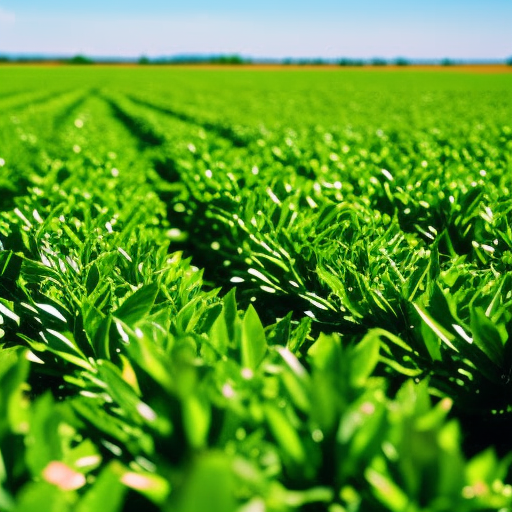Circular Economy: A Sustainable Approach to Resource Management
A circular economy is an economic system that aims to minimize waste and maximize resource efficiency. It is a sustainable approach to resource management that seeks to create a closed-loop system where resources are used, reused, and recycled, rather than being disposed of after a single use. The concept of a circular economy is gaining traction as a solution to the environmental challenges posed by the linear economy, which follows a “take-make-dispose” model.
Key Principles of a Circular Economy
The circular economy is guided by several key principles:
1. Design for durability and recyclability: Products are designed to last longer and be easily disassembled and recycled at the end of their life cycle.
2. Reduce, reuse, and repair: Emphasis is placed on reducing waste by reusing products and repairing them when they break, rather than immediately replacing them.
3. Resource recovery: Materials and components from discarded products are recovered and used to create new products, reducing the need for virgin resources.
4. Renewable energy: The circular economy promotes the use of renewable energy sources to power production processes, reducing reliance on fossil fuels.
5. Collaboration and innovation: Collaboration between businesses, governments, and consumers is crucial for the successful implementation of a circular economy. Innovation is also key to developing new technologies and business models that support circularity.
Benefits of a Circular Economy
The circular economy offers numerous benefits:
1. Environmental sustainability: By reducing waste and resource consumption, the circular economy helps to mitigate the environmental impact of production and consumption.
2. Economic growth and job creation: Transitioning to a circular economy can stimulate economic growth by creating new business opportunities and jobs in sectors such as recycling, remanufacturing, and repair.
3. Resource security: The circular economy reduces dependence on finite resources by promoting resource efficiency and recycling, ensuring a more secure supply of materials.
4. Cost savings: Adopting circular practices can lead to cost savings for businesses through reduced waste disposal and lower resource consumption.
5. Improved product quality: The circular economy encourages the design of products that are durable, repairable, and of high quality, leading to increased customer satisfaction and loyalty.
Challenges and Barriers
While the circular economy offers many benefits, there are also challenges and barriers to its widespread adoption:
1. Mindset shift: Shifting from a linear to a circular economy requires a change in mindset and a shift away from the “throwaway culture” that prevails in many societies.
2. Infrastructure and technology: The transition to a circular economy requires the development of infrastructure and technologies that support recycling, remanufacturing, and resource recovery.
3. Policy and regulation: Governments play a crucial role in creating an enabling environment for the circular economy through supportive policies and regulations.
4. Consumer behavior: Consumer behavior and preferences also need to change to support a circular economy, such as choosing products that are durable and repairable.
5. Investment and financing: Transitioning to a circular economy requires significant investment and financing, which may be a barrier for some businesses.
Conclusion
The circular economy offers a sustainable and innovative approach to resource management, aiming to minimize waste and maximize resource efficiency. By adopting the principles of a circular economy, businesses, governments, and consumers can work together to create a more sustainable and prosperous future. While challenges and barriers exist, the potential benefits of a circular economy make it a compelling solution to the environmental and economic challenges of our time.












